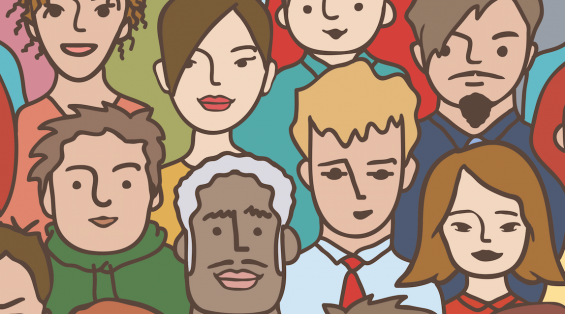
Start a supportive learning network for local educators
“Teaching can be a desperately isolating profession,” says Dylan Ferniany, a gifted education program specialist in Birmingham, Alabama. Yet both teachers and students benefit when educators have regular opportunities to collaborate, problem-solve and share ideas. How might we create supportive local networks that connect great educators and let them learn from one another?
For her TED-Ed Innovation Project, Ferniany designed a way to train and connect great teachers in her area. Her goal was to reach 500 teachers in Alabama — and she did! Read on for her step-by-step instructions on how you can start your own supportive learning network for local educators:
1. Start by getting to know TED-Ed, which has tremendous potential to connect teachers because it is entirely interdisciplinary.
TED-Ed breaks down the barriers of grade levels and subjects that split teachers into groups. By introducing common ground for all teachers, you can begin to create a local support network that brings together great educators from a variety of classroom settings, much like TED-Ed has done on a global scale with the Innovative Educator program.
2. Find a TEDx event near you and introduce yourself to the organizers. Offer to help build a community of educators who are well-versed in TED’s resources for teachers and students.
Get started by creating an application for local educators to attend your TEDx event. TEDxBirmingham has an incredible team, led by Sarah Parcak and Matthew Hamilton. None of my innovation project would be possible without their vision.
3. Create a fellowship program for local educators with incentives to participate, such as tickets to the TEDx event, networking opportunities, and learning workshops.
Since the best teachers are often spread out among many school districts, a fellowship program that starts with training around TED-Ed resources can help you find and connect great educators all over your area. My goal was to connect and train 500 teachers in the Birmingham area.
4. Create an application for local educators to join the fellowship program.
What to look for: teachers who use TED Talks in the classroom, or advise TED-Ed Clubs, or run TEDxYouth events. Even teachers who just love TED Talks are great to get involved in an educator community!
“Having a TED-Ed Club has changed the way I teach. It allowed me to truly embrace the idea that students, every single one of them, has a voice, valuable insight, and dreams worth sharing. Even if the kids never stand on a red dot, simply allowing them a safe place to explore their interests and passions, without the burdens of traditional school bearing down on them, makes the program invaluable.” — Andrew Cotten
5. From year to year, select a small group of fellows to help create programming for the incoming group.
We call ours “senior fellows.” Senior fellows are instrumental in bringing ideas to life! Here are a few things that our senior fellows have done:
a) Conducted the ‘Ed’ in TED-Ed Professional Development Workshop Series:
b) Organized a local Education Scrimmage event
c) Presented ideas at EdCamp, Teach for America workshops, Summer Learning workshops, and in schools during staff meetings and embedded professional development
d) Attended personal and professional development workshops on how to teach with your strengths
e) Supported one another in TED-Ed Clubs and TEDxYouth events in Birmingham
6. Repeat year after year, and watch your educator learning network grow.
When I set out to train and connect 500 educators, I got to about 250 when I realized that I absolutely couldn’t do it alone. So I started reaching out to the educator fellows about who they were sharing TED-Ed with, and how many people. Pretty soon we were at 500 no problem, because multiple groups of educator fellows were sharing TED-Ed on their own.
Then we came up with an innovative plan to connect even more teachers. First we thought: what do teachers need to use TED-Ed in the classroom? Well, if multiple students are watching TED-Ed lessons, they need headphones! So we used TED-Ed Innovation Project funds to purchase red headphones, and reached out to a local youth arts education organization called Kuumba Community Art to create an information flyer to go with the headphones. The students at Kuumba Community Art created an insert that takes teachers to a TED-Ed Scavenger Hunt, which enters them in a drawing to win a ticket to TEDxBirmingham 2017.
Closing thoughts:
My greatest takeaway from my innovation project was that when we find something in education that works, we have a responsibility as educators to share that with one another. I am revived by the community of TED-Ed Innovative Educators all over the world and the amazing TEDxBirmingham Educator Fellows who are right here in my community, and I could not have run this project without all of their support and sharing of ideas. Some of them run TED-Ed Clubs or host TEDxYouth events, and many of them use TED-Ed in their classrooms. The idea that more teachers and more students can share their ideas and can find their voices as a result of the work of this community is one of the most exciting education innovations that I have ever been a part of!
If you have questions about how to replicate this project, please reach out to me on Twitter.
This article is part of the TED-Ed Innovation Project series, which highlights 25+ TED-Ed Innovation Projects designed by educators, for educators, with the support and guidance of the TED-Ed Innovative Educator program. You are welcome to share, duplicate and modify projects under this Creative Commons license to meet the needs of students and teachers.
Featured image credit: iStock
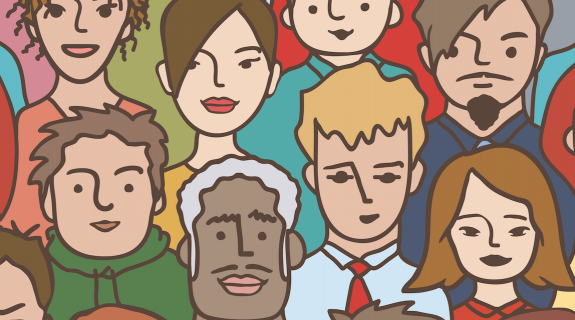
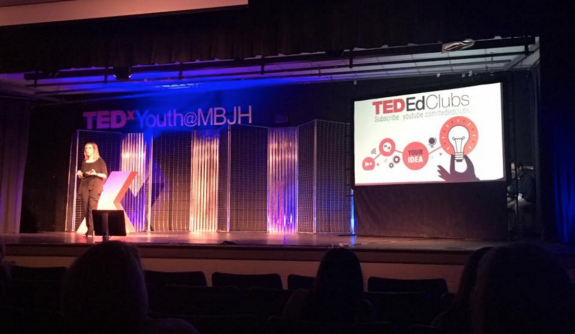
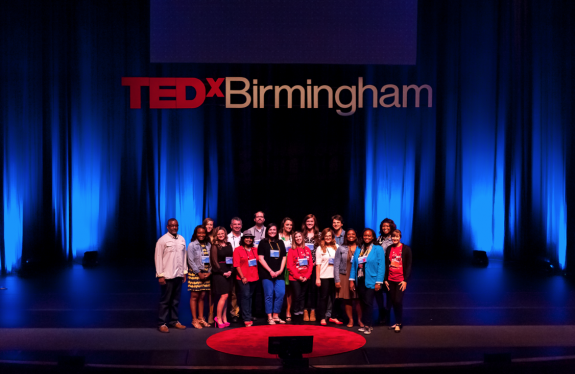
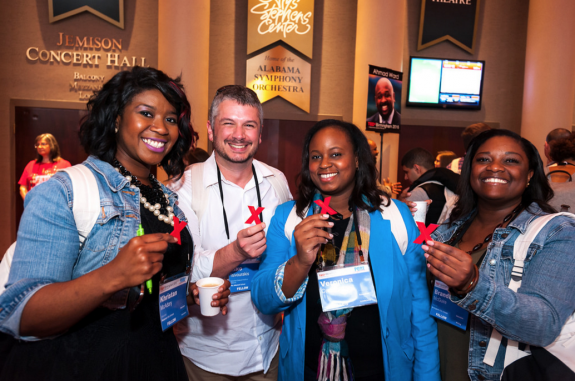
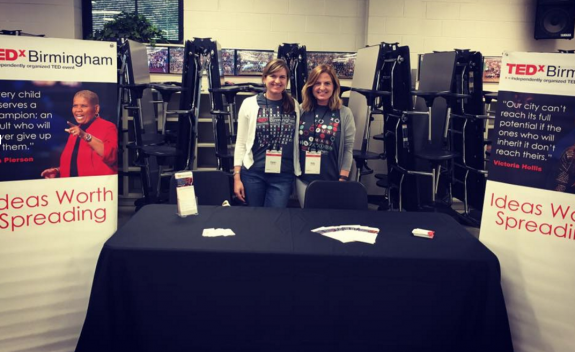
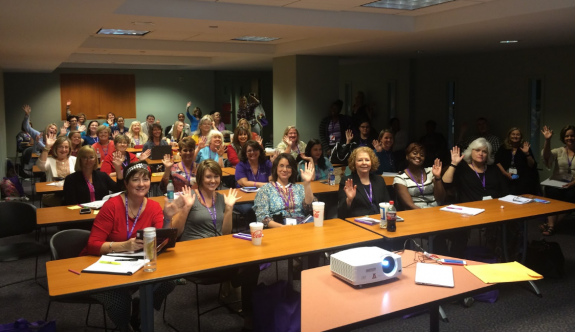
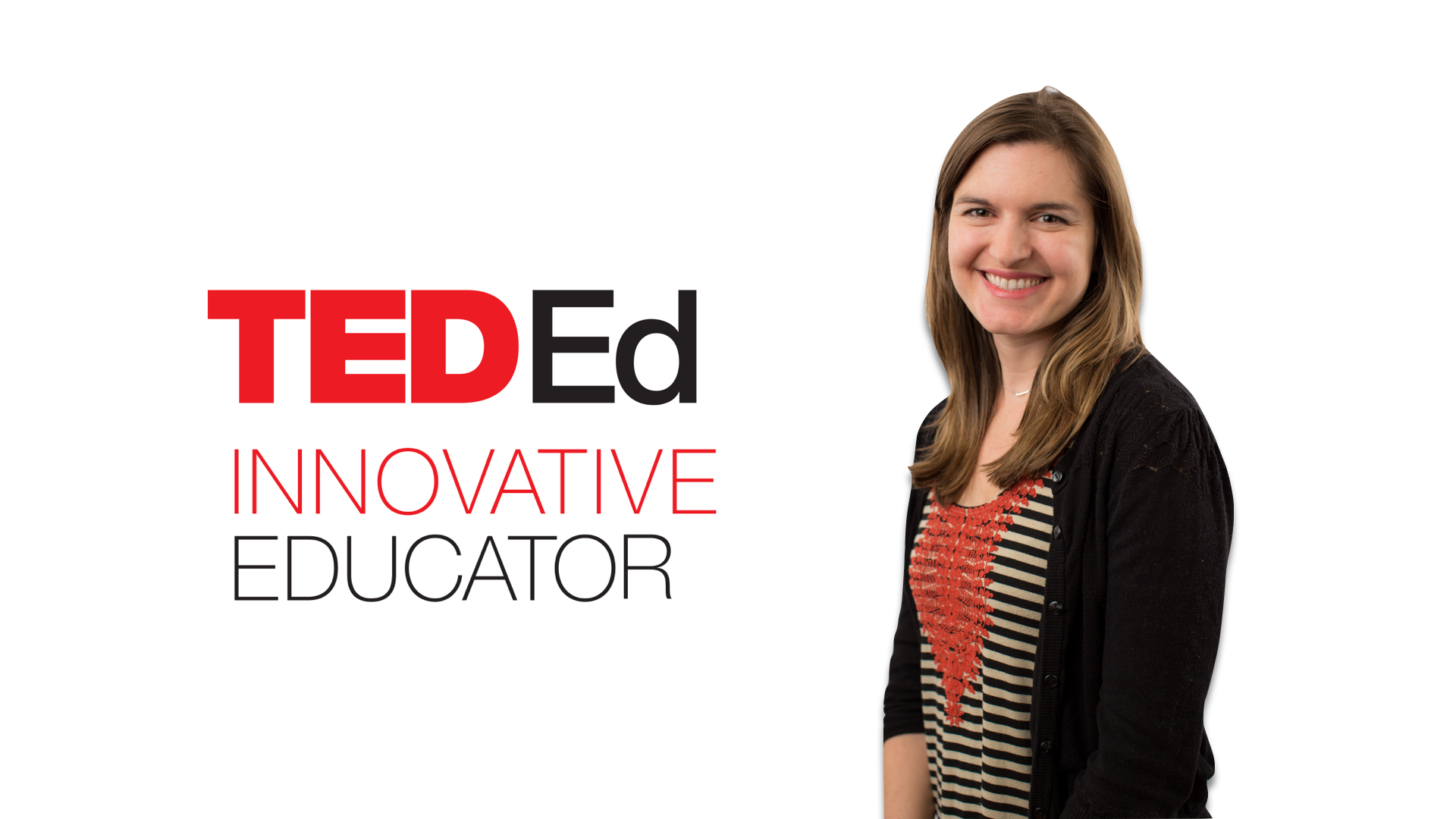
Thanks for your advance ideas for all above nation .
Thanks
mula